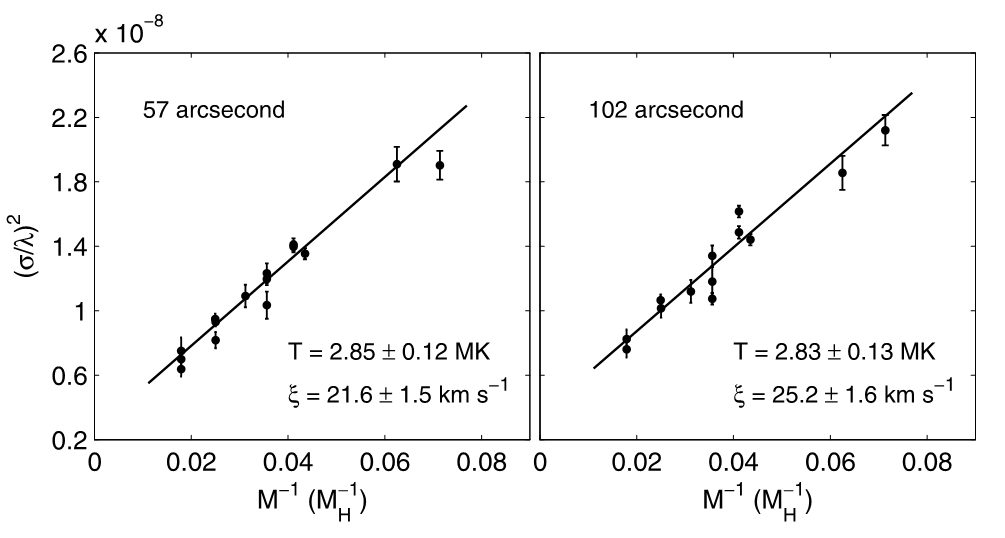A study of line widths and kinetic parameters of ions in the solar corona
2014-10-20 It is an outstanding question how the solar corona is heated to millions of degrees and the solar wind is accelerated to hundreds of kilometres per second. Alfvén waves have been considered as a possible mechanism. The first key procedure is to determine the amplitude of Alfvén waves, revealing that Alfvén waves in the solar atmosphere have enough energy flux required to heat corona and accelerate the solar wind. An approach is to measure line widths of solar extreme-ultraviolet lines emitted by highly charged ions, since Alfvén waves can appear as a Doppler broadening of an ion emission line. However, the ion thermal motions also appear as the Doppler broadening. Consequently, it becomes very difficult to discriminate the ion thermal motions (temperature) and non-thermal motions (Alfvén waves), since these two pieces of information merge in only one physically observable quantity of line width.
Recently, we performed an analysis of line width data based on observations of the polar corona by the SUMER/SOHO spectrometer at heights of 57 arcsecond and 102 arcsecond. We found, for the first time, that there exists a strong strongly linear correlation between the square of line width relative to the wavelength and the inverse ion mass. The Pearson product-moment correlation coefficients exceed 0.9. This finding may be interesting because it implies that the ions from a given height of polar corona have a common temperature and a common non-thermal velocity. Consequently, we directly obtained the temperature and non-thermal velocity using linear least-square fit,. The results is shown in Figure 1. One can find that the temperature is around 2.8 MK at heights of 57 arcsecond and 102 arcsecond. The non-thermal velocity is 21.6 km s?1 at height of 57 arcsecond and 25.2 km s?1 at height of 102 arcsecond, with standard deviations of 1.5 km s?1 and 1.6 km s?1, respectively.

By with for ZHAO Guoqing
The work by Zhao G. Q., Wu D. J. (corresponding author), Wang, C. B. has been published in the Ap&SS, please see Ap&SS, 353, 373 for more details (http://link.springer.com/article/10.1007%2Fs10509-014-2072-y).

 Search
Search

